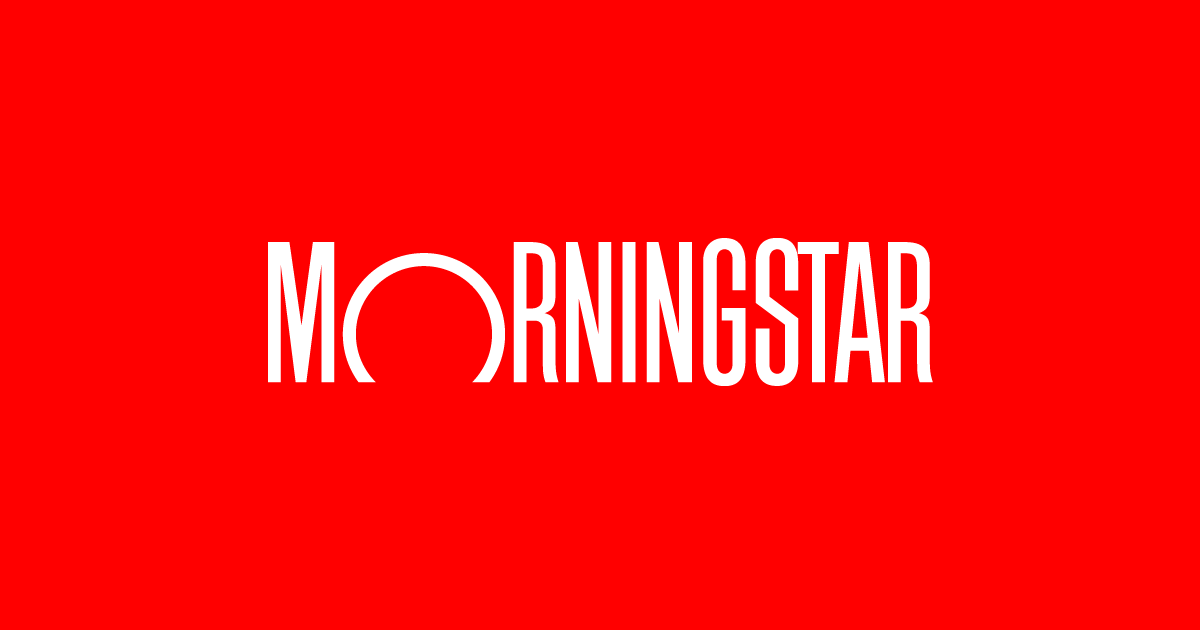Employee data is more than just numbers on a spreadsheet—it represents real people who trust their employers to handle their information responsibly. As such, HR leaders must balance data-driven decision-making with the ethical obligation to protect privacy and maintain transparency. Missteps in how data is collected, stored or used can quickly erode trust, so it’s essential to have clear policies and safeguards in place.
To help you manage this responsibility, Forbes Human Resources Council members offer their best strategies to ensure ethical data practices while maintaining employee confidence. Below, they highlight key considerations like transparency, consent, security measures and compliance, providing actionable steps you can take to reinforce trust in your organization.
1. Employ Secure Technology
HR leaders should adopt streamlined technology that centralizes data and provides employees with full visibility into their information. All technology should also have robust quality management systems that undergo formal, periodic audits and security certifications, so leaders can ensure data practices are compliant. Additionally, transparency is key in building trust across an organization. – Tiffany McGowen, Paycom
2. Establish A Data Strategy
HR leaders must first master the language of data, understanding how it translates to current and future business practices. Especially with the rise of AI and AI agents, they need to ensure data is used ethically, transparently and purposefully. By aligning data strategies with trust and accountability, HR can harness AI to drive innovation while protecting employee privacy and dignity. – Eryn Mack, Mack Point Consulting, LLC
3. Be Transparent About Policies
Publish clear policies on the collection, storage and use of employee data that are relevant to the state and country that the company operates in, and include a link to those policies on key documents that employees receive. Another way to ensure trust is for people managers to be educated and reminded about the importance of managing employee data. – Connie White, Altos Labs
4. Only Collect What’s Necessary
By adopting a transparent data policy, HR teams show respect for employees’ privacy. Regularly auditing data procedures ensures secure storage and usage, while aligning with necessary compliance standards. Clear communication around what, why and how data is used fosters trust among employees. Minimizing unnecessary collection also helps maintain the ethical high ground. – Daniel Salamon, DS Leadership Advisory
5. Get Employee Consent
Focus on key areas within your control and partner with IT for guidelines and support. Be transparent and tell employees what data is being collected, why it’s required and how it will be used. Prioritize consent and get ahead of it now, as it increasingly becomes mandatory in many jurisdictions. Comply with regulations like GDPR that protect the individual, and work with partners who do the same. – Jennifer Rozon, McLean & Company
Forbes Human Resources Council is an invitation-only organization for HR executives across all industries. Do I qualify?
6. Be Available To Answer Questions
Given compliance regulations and emerging data privacy laws, be sure to inform employees about company policy and industry standards. Offer resources and guidance to help them better understand what’s needed and what’s happening, and designate a point of contact for any questions that arise. – Caitlin MacGregor, Plum
7. Form A Governing Committee
Creating a Data Governance Committee would uphold ethical data practices and build trust. By bringing together diverse team members and employee representatives, the committee ensures that different perspectives shape decisions. They oversee data ethics, regularly review data handling procedures and ensure all practices align with organizational values, fostering transparency and accountability. – Laura Spawn, Virtual Vocations, Inc.
8. Give Employees A Voice
HR leaders ensure ethical data practices by prioritizing transparency, secure storage and compliance. Clearly communicate data use, protect privacy with robust systems and limit data to legitimate purposes. Provide opt-ins, train teams and encourage feedback. Regular reviews keep practices relevant and trustworthy. – Jane Binzak, BAXIMUS Enterprises LLC
9. Protect Prospects’ Work Emails
From a recruiting perspective, rule No. 1 is to ensure prospects’ work e-mail addresses are protected to ensure that prospective employees are not contacted at their current employment. Simple mistakes can lead to prospects being terminated when work e-mails are used for what should have been personal e-mail communications. It sounds like common sense, but doesn’t cause “termination by mistake.” – John Pierce, John Pierce Consulting
10. Align Policies With Privacy Laws
HR leaders must prioritize transparency by clearly communicating why data is collected, how it’s used and who can access it. Establishing robust policies aligned with privacy laws like GDPR or CCPA ensures compliance. By collecting only necessary data, securing it properly and empowering employees with control over their information, HR can maintain trust and ethical standards effectively. – William Stonehouse, Crawford Thomas Recruiting
11. Involve The IT Department
Build a strong partnership with your IT and technology teams. Collaboration ensures data is securely collected, stored and used in compliance with regulations while maintaining transparency. Protecting employee data is a shared responsibility that impacts trust and should be a priority across the organization. – Ahva Sadeghi, Symba
12. Refine Processes Regularly
Conduct regular audits of data collection and usage practices to ensure they remain ethical, legal and aligned with employee expectations. Establish clear accountability measures to address potential misuse. – Britton Bloch, Navy Federal
13. Build Consent Into Your Framework
To collect, manage and utilize employee data without jeopardizing employee trust, HR leaders should start by obtaining consent. Sometimes, consent is implicit (e.g., using company software or hardware), and sometimes, it’s explicit (e.g., collecting employee survey data). Either way, the standard operating procedure of obtaining consent should be built into the company’s data framework so it is never overlooked. – Laci Loew
14. Ensure Employees Know Their Rights
HR uses employee data to support critical functions that help improve efficiency, enhance employee experiences and drive strategic decision-making. To maintain trust, HR must prioritize privacy, compliance and transparency by collecting only necessary data for legitimate purposes, adhering to relevant data protection laws and being transparent with employees about data usage and their rights. – Nichelle Cole, Topa Insurance Company
15. Limit Collection And Ensure Confidentiality
Firstly, the collection of data should be only per the needs of the organization. Secondly, the leadership team should always re-emphasize and educate the employees of the HR team on its importance. They should also check in to ensure the process of confidentiality is maintained by regular audits to continue to have the trust of the employees. – Prakash Raichur, Taghleef Industries
16. Stay Up-To-Date On Global Laws
HR should maintain compliance by staying up to date with domestic and global data privacy laws regarding their tech stack. They should also review data privacy laws with their vendors (HRIS, ATS and so on) to ensure they are staying in compliance. If there is a data breach, it must be addressed as soon as possible and reported to leadership and employees. Policies should be easily accessible. – Erin ImHof, CertiK
17. Monitor Data Usage
Adopt globally recognized standards like ISO 27001 for data security, conduct regular compliance audits and enforce role-based access controls. Implementing real-time monitoring tools to track data usage and providing transparency dashboards for employees builds trust. Measuring employee trust via periodic surveys ensures alignment with ethical goals and continuous improvement. – Ankita Singh, CIGNEX Technologies Private Limited
18. Define Data Privacy Standards
As the market for AI tools continues to grow exponentially, HR leaders need to drive internal dialogue among leadership around the company’s stance on data, ethics and security. The AI landscape is growing faster than globally recognized privacy standards, and organizations need to determine their stance with clear controls on data privacy to avoid pitfalls with sensitive data. – Daniel Bordeleau, Interface Systems













:max_bytes(150000):strip_icc()/red-wine-spaghetti-with-walnuts-and-parsley-FT-RECIPE0620-9aa1ff698f684b4bbe538531e06f0355.jpg)